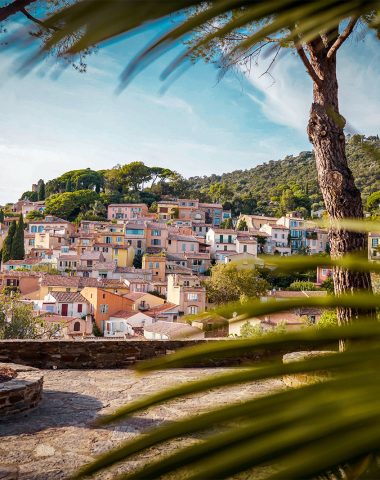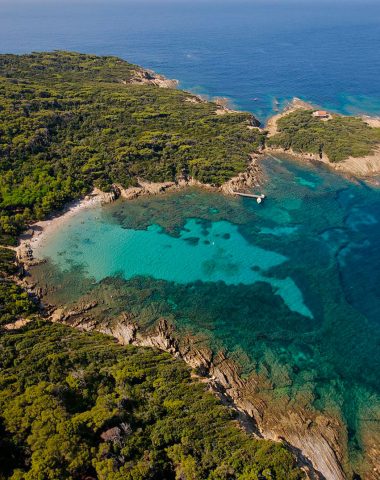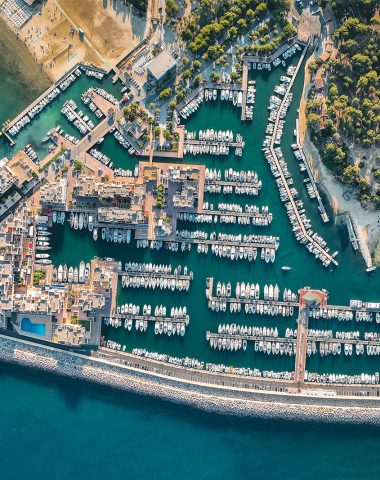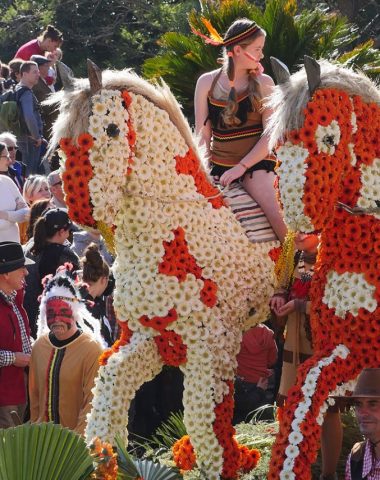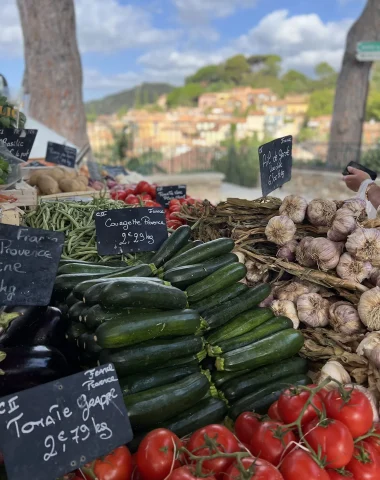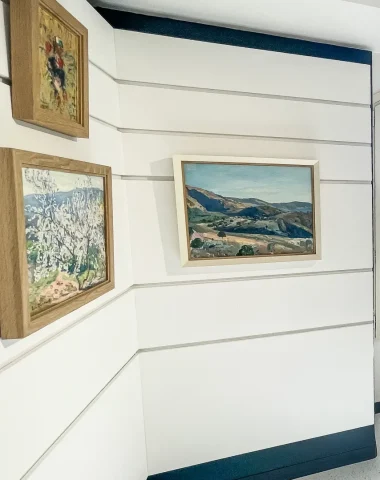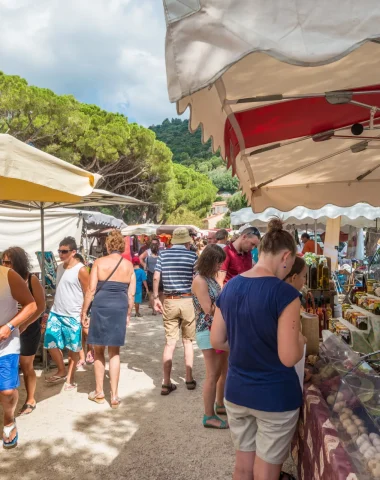Embark on a captivating journey along the Chemin des Sages, a project born from a visionary gathering of the Conseil des Sages, composed of wise individuals aged 60 and above, carefully chosen by local councilors for their wealth of experience. Inspired by the core principles of our Republican motto “Liberté, Égalité, Fraternité,” the council sought to breathe life into these ideals in the town of Bormes.
The Concept Takes Flight
A groundbreaking idea emerged during the council’s meeting—to adorn the town with phrases from renowned men and women, celebrated worldwide for their wisdom and humanism. The goal was to ignite the conscience of both passers-by and tourists, fostering a deeper connection with these universal values. To gain the support of the Mayor and the Council, the decision was made to integrate this pathway with the installation of historical plaques on the town’s iconic monuments. The members of the Conseil des Sages then meticulously designed the route through the medieval village and dedicated themselves to creating the perfect support, texts, images, and symbols for these plaques.

The butterfly, symbolizing joy, beauty, grace, and lightness of being, was chosen as the emblem of the project. Its transformative journey mirrors the essence of personal growth and rebirth. Just like the butterfly, we too experience different stages in life—a profound metamorphosis that allows us to release our past and embrace the beauty of who we’ve become. Symbolizing wisdom, the butterfly becomes a boundless source of inspiration. Beneath its delicate exterior lies an unwavering strength. Despite its ephemeral lifespan of a few days or weeks, the butterfly brings joy and exuberance through its graceful flight, fully savoring every moment that nature presents. Let us, like the butterfly, fearlessly embrace the experiences life offers us, both good and bad, knowing that they are fleeting. After all, our past experiences provide the best preparation for the future, allowing us to tread life’s paths with serenity.
The Declaration of the Rights of Man and of the Citizen
Men are born free and equal in rights.
The Declaration of the Rights of Man and of the Citizen emerged during the summer of 1789 as the Constituent Assembly sought to draft a new Constitution for France. A committee of deputies worked diligently to merge various draft declarations into a single comprehensive text that embodies the principles of liberty, equality, and justice.
From August 20 to 26, 1789, the French Declaration was meticulously voted upon, with its preamble and seventeen articles defining fundamental rights such as liberty, property, security, and resistance to oppression. It also established the principle of separation of powers and affirmed equality before the law.
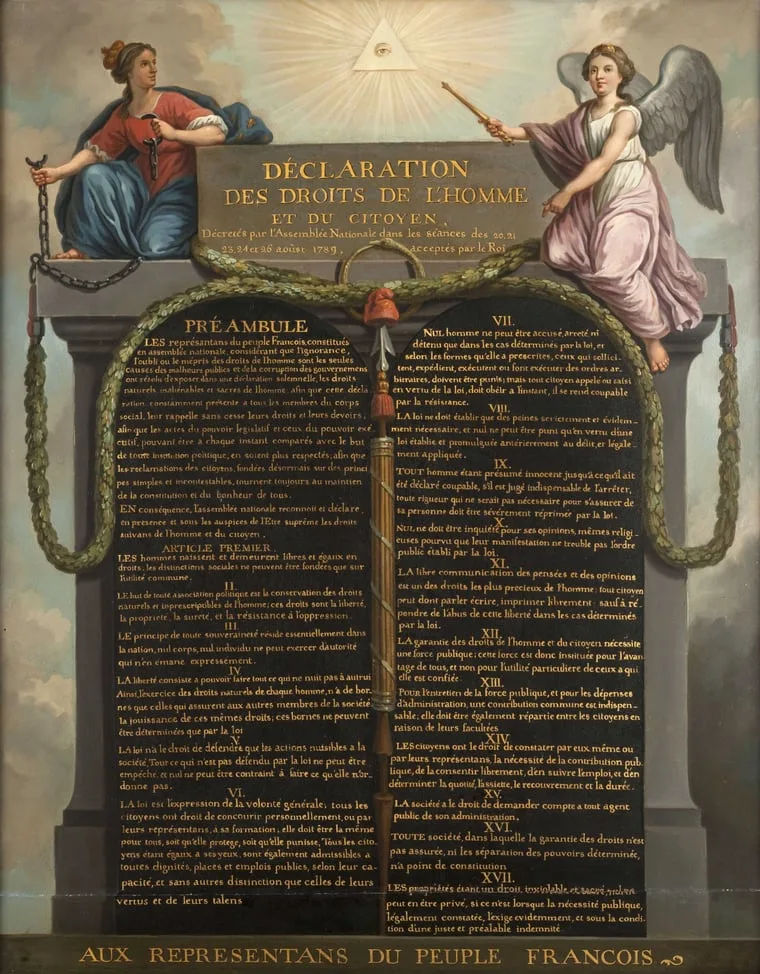
Although it was ratified by Louis XVI on October 5, 1789, under pressure from the Assembly and the people, it faced challenges as the revolution progressed. Despite this, the Declaration of 1789 left a lasting impact, inspiring similar texts in other countries throughout the 19th century. It even served as the preamble to the first Constitution of the French Revolution in 1791.
The Declaration of the Rights of Man and of the Citizen continued to influence subsequent French constitutions, and it remains a significant benchmark text globally. It forms the basis for moral and civic education, with the Universal Declaration of Human Rights and the European Convention on Human Rights also drawing inspiration from its principles.
In France, the law passed on July 8, 2013, emphasizes the importance of teaching and promoting the values of the Republic in schools. As a result, the 1789 Declaration must be prominently displayed in all public and private schools, perpetuating its enduring legacy in shaping moral and civic consciousness.
Buildings of the French Republic
Beneath the charming Place Saint-François lies a cluster of historically significant buildings that have played crucial roles in the village’s heritage. Among them is the town hall, formerly situated at the heart of the village but now strategically moved to this location. Its architecture stands as a symbol of orientation towards the village and its people, emphasizing their importance.
Adjacent to the town hall stands the school, representing the profound significance of education for the future of the village. Education has always been cherished, shaping the minds of the young and contributing to the prosperity of the community.
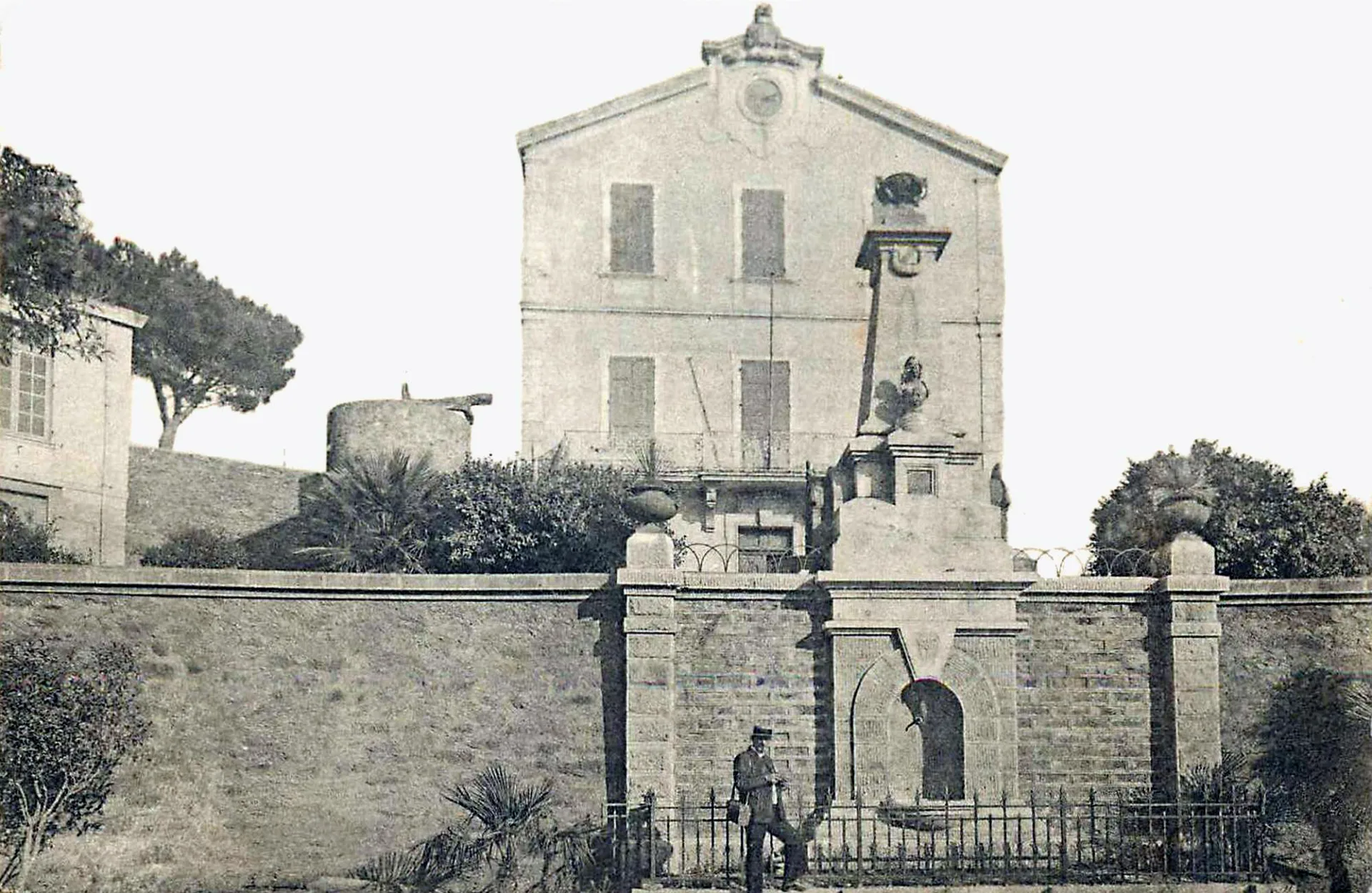
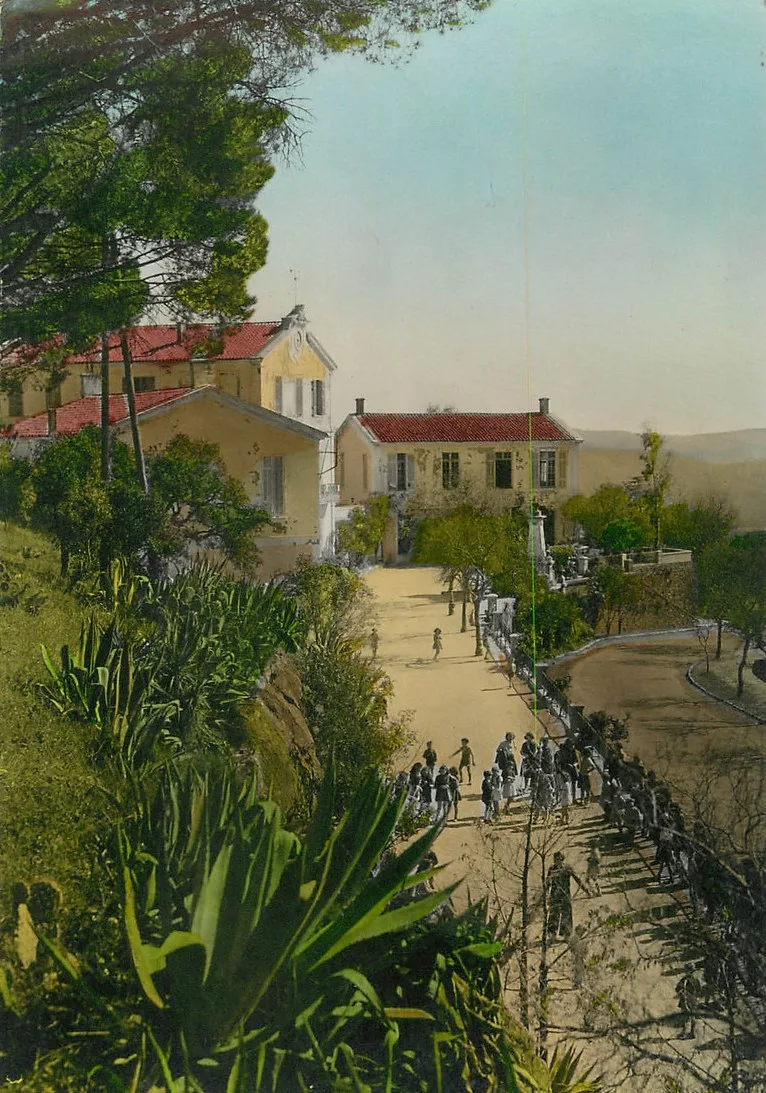
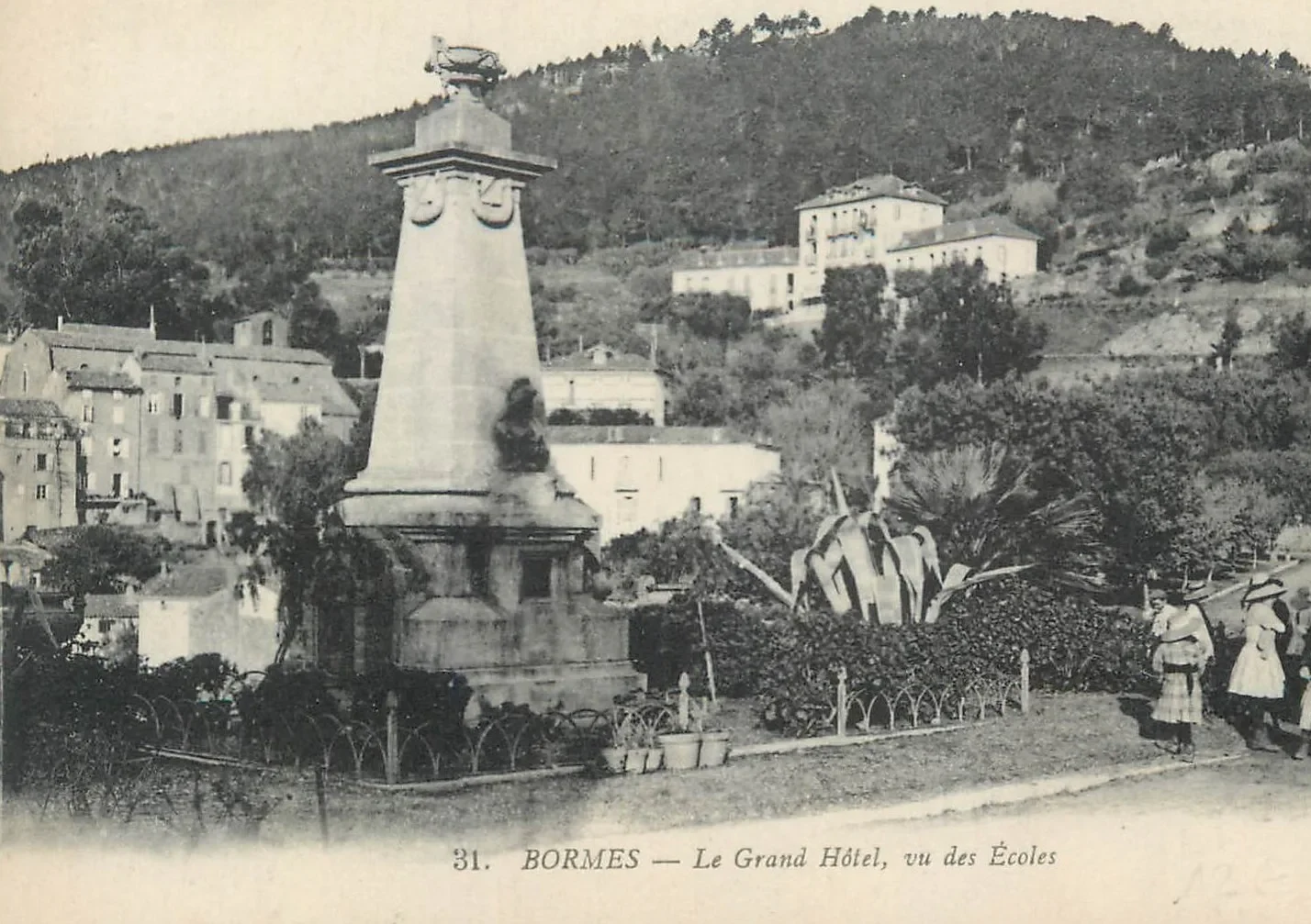
In front of the town hall, a poignant monument, commemorates the French Revolution, echoing the spirit of the times and paying homage to the brave souls who paved the way for change. The revolution’s impact reverberated in Bormes, where the populace bravely challenged the medieval aristocracy’s oppressive taxes, seeking justice and equality.
To mark the centenary of the Revolution, the commune decided to construct a new town hall, attesting to the growing population and the village’s progress. The chosen site at the village’s entrance near the new access road aptly showcases the hall’s magnificent façade facing the village.
Designed by the talented architect Charles Maurel, the war memorial, is one of the few monuments that commemorates the French Revolution. Adorned with exquisite sculptures by Hippolyte Moreau, this splendid monument garnered accolades at the 1878 and 1900 Universal Exhibitions. Later, it was transformed into a war memorial to honor the brave souls who sacrificed their lives during the First World War. Commemorative plaques, etched with the names of the fallen, serve as poignant reminders of their valor.
Education’s importance is further underscored by the village school’s development to cater to the growing population residing mainly in the village. Over time, the school premises shifted locations based on availability until the establishment of a proper school complex in 1889-1891, officially inaugurated in 1892. With separate schools for girls and boys, the village emphasized the significance of education, democracy, and the enduring memory of those who fought for their homeland.
Together, these historic buildings form an integral part of Bormes les Mimosas’ rich heritage, embodying the values of progress, education, and remembrance cherished by its inhabitants.

To experience the full splendor of the Chemin des Sages and delve deeper into the fascinating stories that unfold along this path, we invite you to explore the Baludik app.
Scan the QR code and embark on an interactive journey filled with games, surprises, and a deeper connection to the rich heritage of Bormes.


